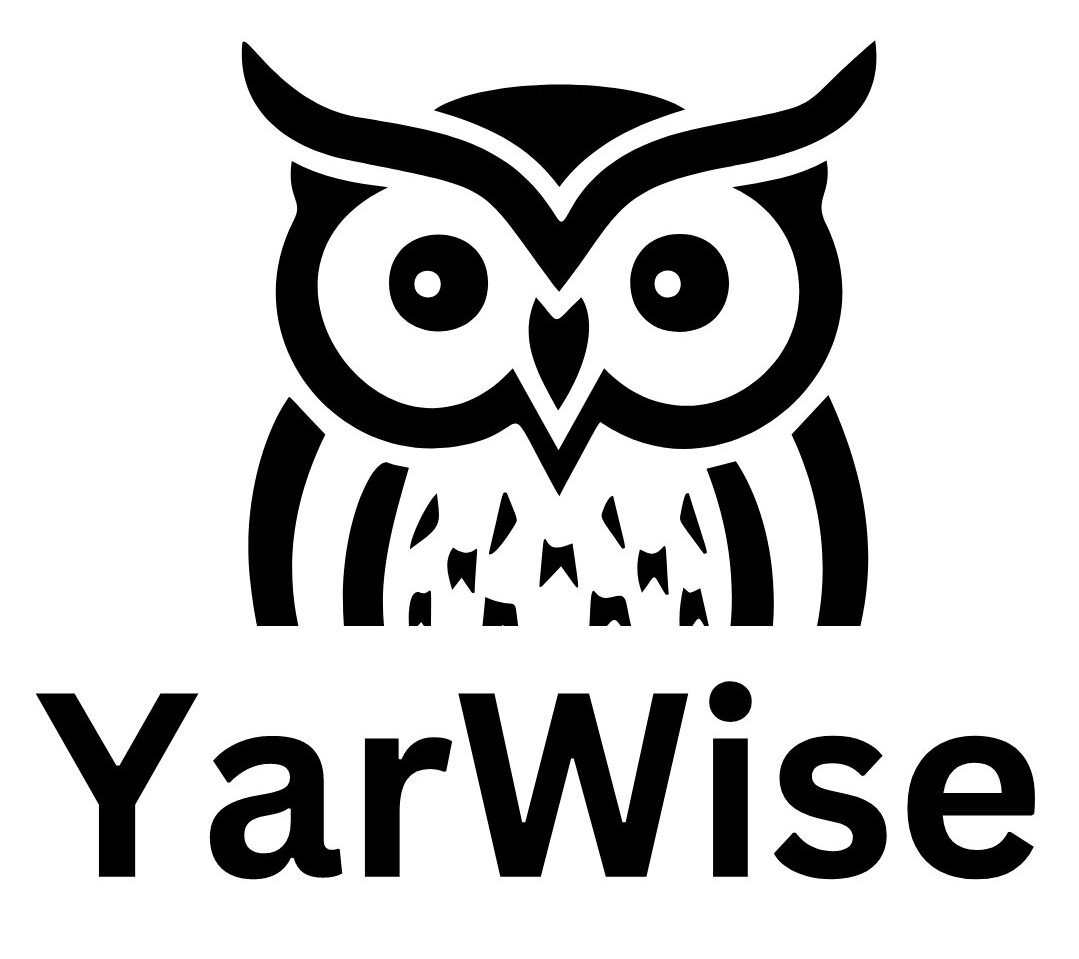Manual Handling Training Course in English
About Course
This Manual Handling Course is designed to equip participants with the knowledge and skills necessary to perform manual handling tasks safely and efficiently. Manual handling refers to any activity that involves lifting, carrying, pushing, pulling, or moving objects by hand or bodily force. This course aims to reduce the risk of injury and promote a culture of safety in the workplace.
Course Content
Introduction
-
Manual Handling introduction
01:25
What is Manual Handling
Manual Handling Legislation
Risk Assessment
Characteristics of the work Environment/TILE
Employers Duty of Care
Anatomy Back Care And Injuries
Posture and Back Pain
Fitness and flexibility
Ergonomics
Principles and techniques for safe lifting
Personal protective Equipment
Practical section explain
Student Ratings & Reviews

No Review Yet
